The shift towards using advanced digital tools in bathroom design, planning and installation is not only improving accuracy, it is strengthening collaboration across the supply chain. Neelam Bala, Technical and Specification Manager at Geberit, reflects on the benefits of a more connected, transparent way of working
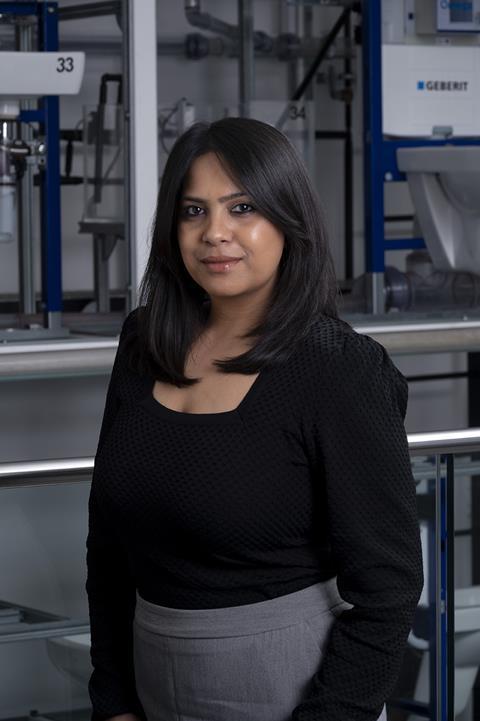
One of the persistent challenges in bathroom specification has been fragmentation. Multiple stakeholders are typically involved in a project: architects, M&E engineers, contractors, installers and suppliers, each with different priorities and technical knowledge. Miscommunication at the design stage can easily lead to costly adjustments on site.
With greater pressure than ever to deliver sustainable, efficient projects on time and on budget, digital tools are changing the way things are done. Building Information Modelling (BIM), 2D/3D modelling platforms, prefabricated design and virtual design tools are all helping to achieve greater accuracy, reducing the risk of errors and supporting first-time installations. That’s not all – these shared tools are boosting collaboration too.
By giving stakeholders a shared platform to optimise design decisions and resolve potential clashes early, digital tools are helping to overcome complex design challenges even before parts are delivered to site. They key lies in creating “one version of the truth” for everybody in the supply chain – ensuring alignment across disciplines, minimising the risk of errors, and fostering a culture of collaboration rather than correction.
Raising standards through shared knowledge
The use of BIM and digital models is also raising the baseline of technical understanding across the industry. For engineers and specifiers, the ability to interrogate complex drainage systems before installation provides a level of transparency that traditional drawings could never provide. For contractors, digital tools reduce risks and provide clarity around what is required on site.
Prefabricated drainage systems is one area where digitalisation and collaboration are increasingly evident. When drainage systems are designed in detail off-site, stakeholders can agree specifications upfront. Models can be tested virtually, potential clashes resolved, and installation becomes a process of assembly rather than overcoming obstacles under inevitable site constraints.
This approach does more than save time, it builds trust between disciplines. Architects can see how design choices affect installation, contractors can plan sequencing with greater certainty, and installers have confidence that the system will fit and function as designed.
If that’s not enough, collaboration is increasingly critical to meeting industry demands around compliance and sustainability too. Regulatory compliance, environmental standards and cost control all rely on accurate data and clear communication.
Digital tools enable stakeholders to make decisions with confidence, backed by tested models and transparent specifications. This reduces the risk of redesigns further down the line, avoids unnecessary waste and supports the industry’s wider sustainability goals.
Taking steps to boost internal competence
Collaboration is enhanced within and between organisations. For example, by equipping sales teams with digital knowledge, a supplier can ensure that customers have the support they need to make more informed decisions and streamline their own processes.
Looking forwards
The more comfortable people are with digital tools, the better the collaboration becomes. We have seen the shift in recent years, and we are confident that penetration will only increase, as the tools themselves become more advanced (yet simple to use) and as more SMEs realise the opportunities – particularly with support from supply chain partners.
This last point is an important one. The digitalisation of bathroom specification is still uneven across the sector. While large projects now demand BIM integration and virtual modelling, many smaller contractors and installers continue to rely on traditional methods. However, the trajectory is clear – and the benefits are evident.
This is not about replacing human expertise, it is about enhancing it. By bringing stakeholders together through shared digital platforms, we can deliver projects that are coordinated, compliant and sustainable – with fewer adjustments and greater confidence.
In an industry where fragmented communication has long been a source of inefficiency, digital visualisation offers a wealth of opportunity.



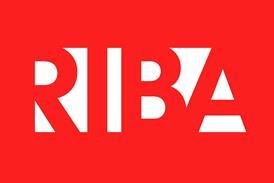

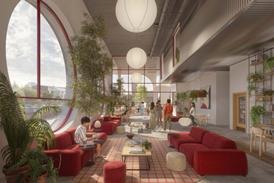
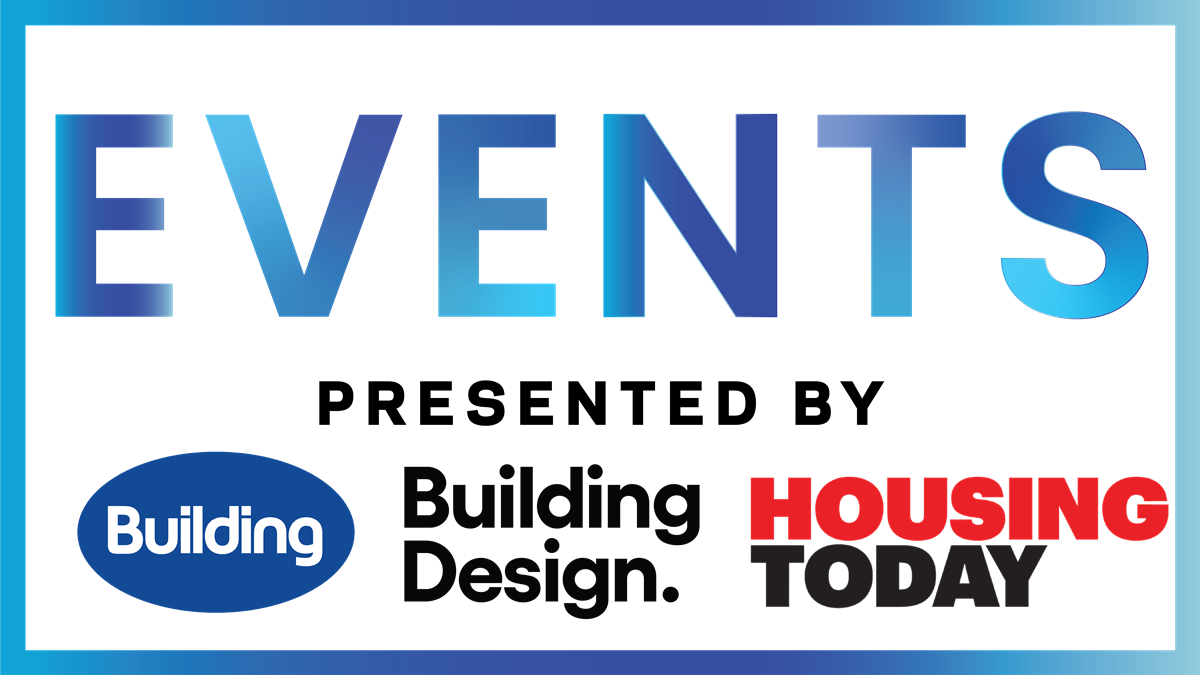
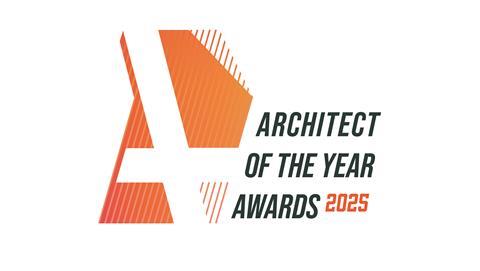
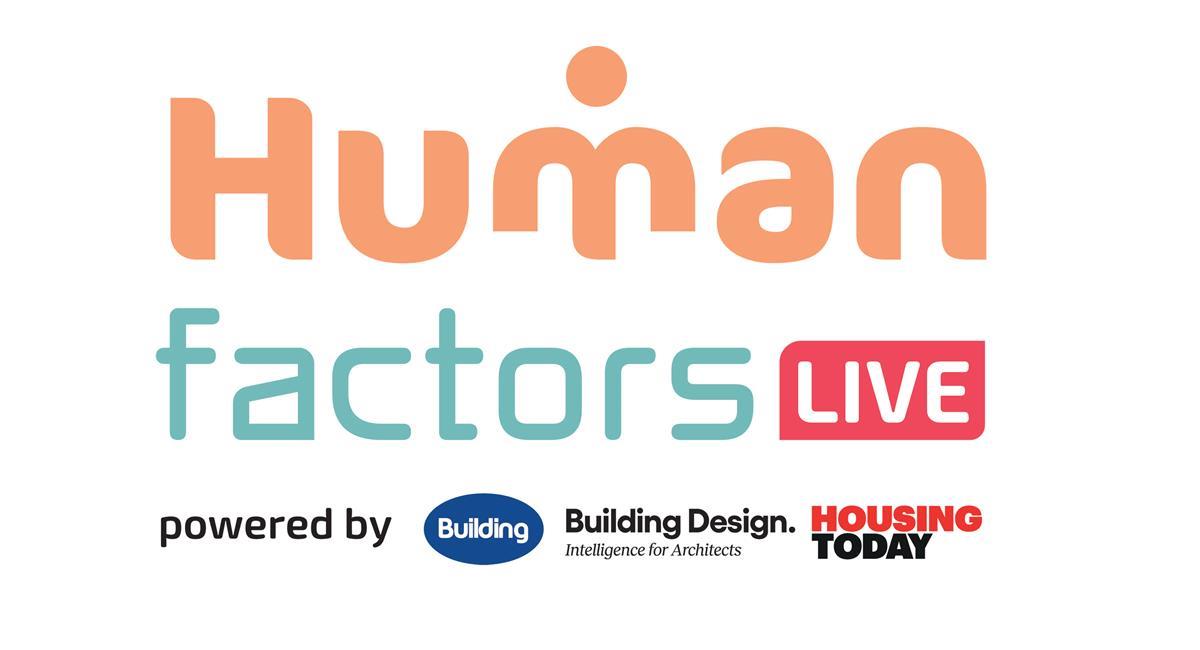







No comments yet